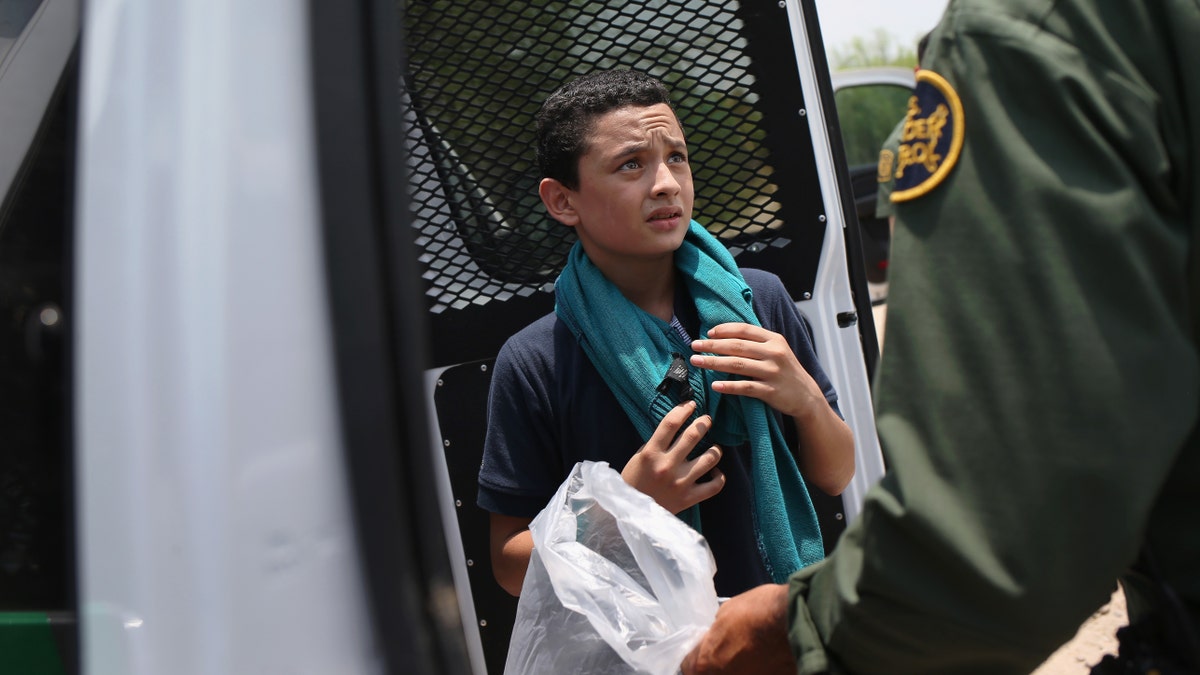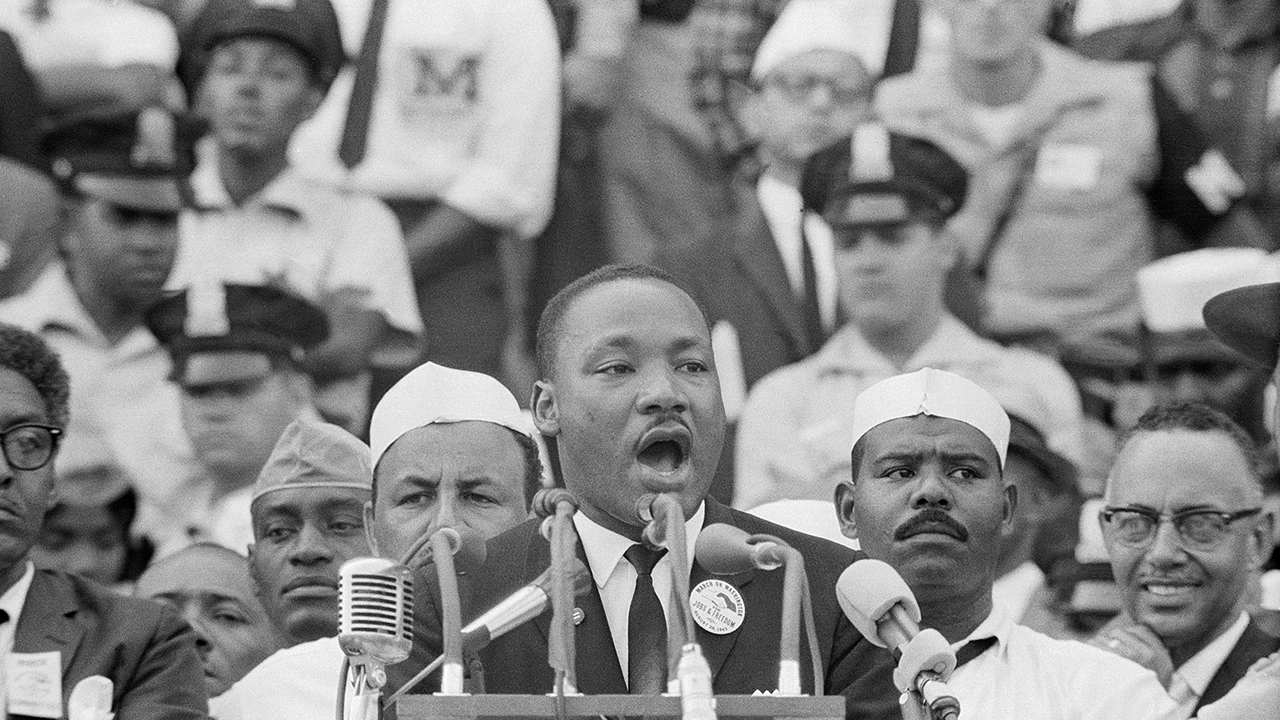
A U.S. Border Patrol agent prepares to take an unaccompanied Salvadorian minor, 13, to a processing center after he crossed the Rio Grande on July 24, 2014 in Mission, Texas. (2014 Getty Images)
The hundreds of children per day streaming across the U.S.-Mexico border are coming from some of the most dangerous places in the world. Honduras, Guatemala, and El Salvador – known as Central America's "Northern Triangle" – suffer violent crime rates worse than those of war zones. Much of the violence is the work of criminal, territorial gang networks whose origins go back to decades of failed policies in the region.
For the first time ever, it's possible that Border Patrol will apprehend more non-Mexicans than Mexicans along the U.S.-Mexico border this year.
In the 1990s, Central America was recovering from devastating civil wars. Newly created civilian police forces were making their stumbling first steps. Justice systems were very weak. The countries suffering violence today have some of the world's lowest tax collection rates, leaving public security and education starved for resources.
A post-war generation of young people grew up without the skills to compete in the global economy, and a huge proportion – as high as one in three in Honduras – are neither employed nor going to school, making them easy gang recruits. And meanwhile, every year since the mid-1990s, the U.S. government has deported thousands of non-citizens with criminal records to these countries, where they feed the growing gang population.
Central American police forces with few investigative skills, poor community ties, and serious corruption issues were quickly overwhelmed or even began working for the other side. "Iron fist" policies did little but fill jails with gang members and other young people, turning them into gang headquarters and recruitment centers.
Then things got worse. The 2000s saw a shift in the routes that international narcotraffickers used to bring cocaine from South America to the United States. Planes and boats began landing in the Northern Triangle, as drugs took the overland route through Mexico. Most of the drug money stayed in the coffers of the big narcotraffickers, not gangs. But it hastened police forces' and justice systems' collapse, and the gangs' size and wealth grew as they took over retail drug sales in the neighborhoods they dominated.
As gang rivalries heated up and recruitment of young people intensified, Honduras, Guatemala and El Salvador saw homicide rates skyrocket during the second half of the 2000s. The dead, most of them young adults and teenagers, and many of them killed in unspeakably brutal ways, kept accumulating. The proportion of murders actually tried and punished fell below 10 percent. Honduras, where a 2009 military coup further eroded institutions, was the hardest hit.
By 2012, the United States started to feel the impact. The year before, the number of undocumented migrants fell to a 40-year low, and Mexican citizens' migration remains flat today. But arrivals from Central America rose dramatically. The number of Salvadorans, Guatemalans, and Hondurans apprehended by Border Patrol is on pace to grow fivefold from 2011 to 2014. For the first time ever, it's possible that Border Patrol will apprehend more non-Mexicans than Mexicans along the U.S.-Mexico border this year. A fast-growing portion of them are children, many traveling without family members, fleeing recruitment, extortion, and specific threats.
The border crisis is the product of a perfect storm of conditions in Central America. Undoing them will depend heavily on Central America's own people and governments. If those countries' leaders show a commitment to reform, the exodus will slow. The United States can help. A "commitment" means improving police, courts, and jails; punishing corruption; expanding education and youth opportunities; and collecting taxes to pay for it. "Helping" will mean measuring U.S. aid programs' success in the number of people protected, the number of cases closed, and the number of people who decide to stay home, unlike today's Drug War programs that measure success in tons seized and crime bosses extradited.
In the meantime, tens of thousands more children may be coming, and many will seek asylum or other protected status in the United States. Because so many face serious and specific threats, each of these children deserves his or her day in immigration court. The more judges and other personnel are available to hear their cases, the more quickly those who don't qualify for protection will be sent back to their countries of origin, as current law requires.
The gang threat in Central America is large and real. Even if only 10 percent of kids apprehended this year face credible, specific threats to their lives, that would still be over 5,000 whom we absolutely cannot send back. An overly hasty review process risks sending kids to likely death, torture, rape, or gang recruitment. Reports coming out of those who are sent back are not encouraging. Unless countries in the region have the resources for child and family protection and services, returnees will become victims once more. If the causes of violence threatening children remain unchanged in Central America, the United States can't become the kind of country that refuses safety to those who arrive here truly needing it.








































